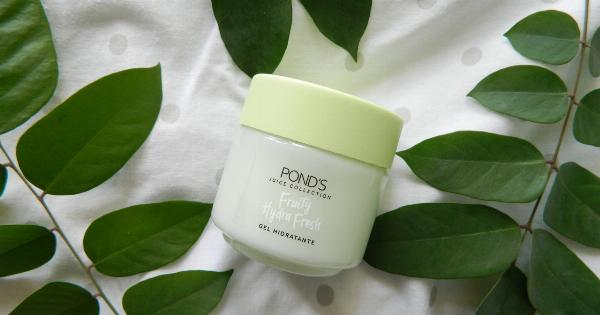Large facial pores are a common skin concern for many individuals. They can make the skin look dull, uneven, and prone to breakouts. While pore size is primarily determined by genetics, several factors can exacerbate their appearance:.
1. Excessive Sebum Production
Sebum is the natural oil produced by the sebaceous glands in the skin. When there is an overproduction of sebum, it can mix with dead skin cells and lead to clogged pores, making them look larger.
2. Age-related Changes
As we age, our skin loses elasticity, causing the pores to appear larger. The breakdown of collagen and elastin fibers in the skin contributes to this effect.
3. Sun Damage
Prolonged sun exposure can damage the skin and lead to the enlargement of pores. The sun’s ultraviolet (UV) rays weaken the skin’s collagen, making it less able to support the pore structure.
4. Accumulation of Impurities
Poor skincare habits, inadequate cleansing, and accumulation of dirt, oil, and makeup residue can cause pores to become clogged. This can stretch the pore walls, making them more visible.
Best Practices for Shrinking Large Facial Pores
1. Keep Your Skin Clean
Thoroughly cleanse your face twice a day, morning and night, with a gentle cleanser that is suitable for your skin type. Avoid harsh cleansers that can strip the skin of its natural oils, as this can trigger increased sebum production.
2. Exfoliate Regularly
Exfoliating helps remove dead skin cells and unclog pores, reducing their appearance. Use a gentle facial scrub or chemical exfoliator with ingredients like salicylic acid or glycolic acid to stimulate cell turnover and promote smoother skin.
3. Use a Clay Mask
Clay masks are beneficial for drawing out impurities, absorbing excess oil, and refining the appearance of pores. Look for masks that contain ingredients like kaolin or bentonite clay. Apply the mask once or twice a week for best results.
4. Try Retinoids
Topical retinoids, such as retinol or prescription-strength tretinoin, can help shrink pore size by stimulating collagen production and increasing cell turnover. Start with a low concentration and gradually increase as tolerated.
5. Use Oil-Free and Non-Comedogenic Products
Choose skincare and cosmetic products labeled as oil-free and non-comedogenic. These formulations are less likely to clog pores and exacerbate large pore concerns.
6. Protect Your Skin from the Sun
Apply a broad-spectrum sunscreen with at least SPF 30 every day to protect your skin from UV damage. This helps prevent further collagen breakdown and keeps your pores healthier.
7. Incorporate Antioxidants
Antioxidants, such as vitamins C and E, help protect the skin from free radicals and promote overall skin health. Look for serums or moisturizers that contain these ingredients to support pore health.
8. Consider Professional Treatments
In cases where large pores persist despite diligent skincare, professional treatments like chemical peels, microdermabrasion, or laser therapy can help reduce pore size.
Consult with a dermatologist or skincare professional for personalized recommendations.
9. Proper Makeup Techniques
When applying makeup, use lightweight, oil-free, and non-comedogenic products. Avoid heavy, pore-clogging foundations and opt for mineral-based or powder formulas. Use a primer before application to help create a smoother canvas.
10. Maintain a Healthy Lifestyle
Adopting a healthy lifestyle can contribute to better skin. Stay hydrated, eat a balanced diet rich in fruits and vegetables, exercise regularly, and get enough sleep to support overall skin health.





























